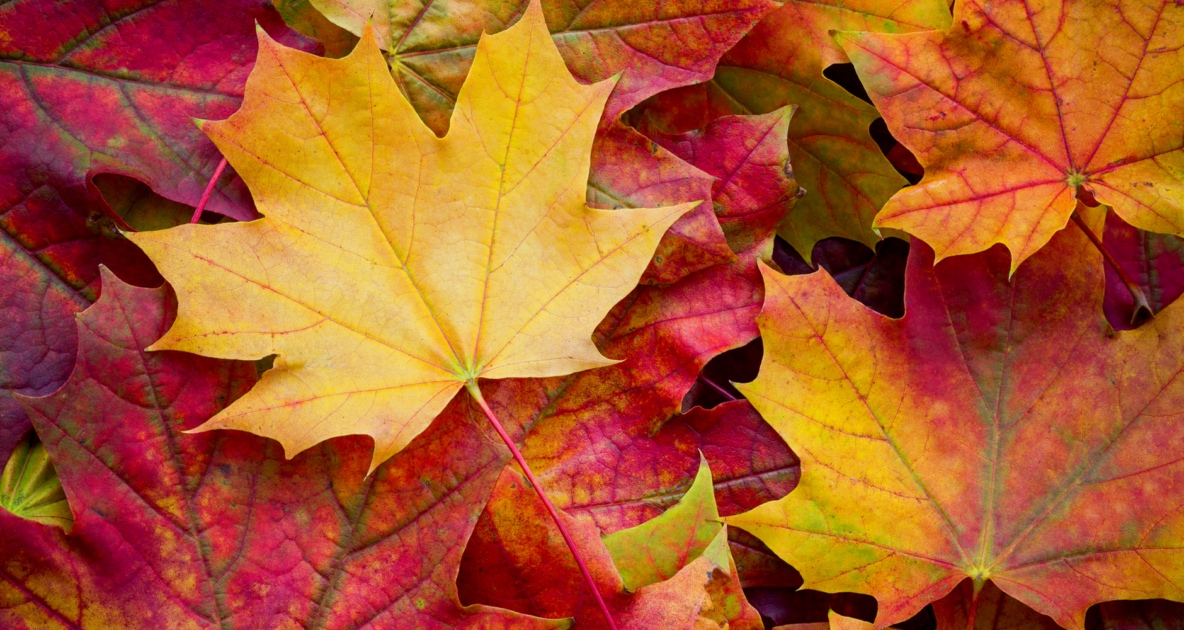

Fall wildflowers such as goldenrod and asters are colorful throughout the park and some blueberry and blackberry shrubs are also changing color, as well as the Virginia creeper plant.īright golds and yellows of American beech, yellow birch, and yellow buckeye and different shades of reds on mountain ash, pin and black cherry and mountain maple are painting the landscape. Some dogwoods and maples are beginning to turn different colors in some areas as well. In the lower elevations, a few early color changing species such as sourwood and sumac are showing bright reds now, but are scattered. Early Octoberīy the beginning of October, trees in the Smoky Mountains high country that are now showing bright fall colors are the yellows of American beech and yellow birch and different shades of reds on mountain ash, pin cherry and mountain maple. This is the park’s most spectacular display as it includes such colorful trees as sugar maple, scarlet oak, sweetgum, red maple, and the hickories. The fall color display usually reaches peak at middle and lower elevations between mid-October and early November. In the Smoky Mountains, autumn color displays above 4,000 feet start as early as mid-September with the turning of yellow birch, American beech, mountain maple, hobblebush, and pin cherry, clearly visible from such vantage points as Clingmans Dome Road. The timing of fall color change depends upon so many variables that the exact dates of “peak” season are impossible to predict in advance. View our Smoky Mountain webcams. Some 100 species of native trees live in the Smokies, the vast majority of which are deciduous. The kaleidoscope of fall colors in the Smoky Mountains is magnificent and varied because of the amazing diversity of trees. You’re sure to find fun things to do along your scenic fall color trips.Autumn in Gatlinburg and Great Smoky Mountains National Park is a special time when a glorious leaf season of several weeks is enjoyed by visitors as fall colors travel down the mountainsides from the highest elevations to the foothills. The Missouri Division of Tourism’s online calendar is packed with events happening all across Missouri. If you can’t get out of town, enjoy places with mature trees, such as older neighborhoods, parks, and even cemeteries.Even treeless areas, such as prairies and roadsides, display beautiful shades of gold, copper, purple, olive, and auburn with autumn wildflowers, shrubs, and curing, rustling grasses.Visit MDC Conservation Areas and Missouri State Parks.

On a smaller scale, drive on back roads, hike, or take a float trip under a colorful forest canopy on a clear, blue-sky day.For spectacular vistas, choose routes along rivers with views of forested bluffs, and along ridges with sweeping scenes of forested landscapes.You can enjoy Missouri’s fall color almost anywhere. Reports appear weekly and are usually posted by Thursday evenings. MDC's Fall Color Reports usually begin in the second half of September (whenever colors start to appear) and wrap up around the middle of November, when most of the leaves have fallen or turned to brown. Much depends on the weather: during fall, but also during the entire growing season. Predicting the peak of fall color can be difficult. Generally, the color change is predictable, but it can vary from year to year. The progression of color change usually starts earliest in northern and western Missouri and moves southward and eastward across the state. Fall color is usually finished by the middle of November. Normally by late October, the colors are fading and the leaves are dropping from the trees. This is when maples, ashes, hickories, and oaks are at the height of their fall display. The peak of fall color in Missouri is usually around mid-October. By late September, black gum, bittersweet, and dogwood are turning. Sassafras, sumac, and Virginia creeper are some of the earliest to change, beginning in mid-September. In autumn, their leaves turn color at different times, so Missourians enjoy a fall color season that may last six to eight weeks. Missouri is blessed with a great variety of trees, shrubs, and woody vines.


 0 kommentar(er)
0 kommentar(er)
